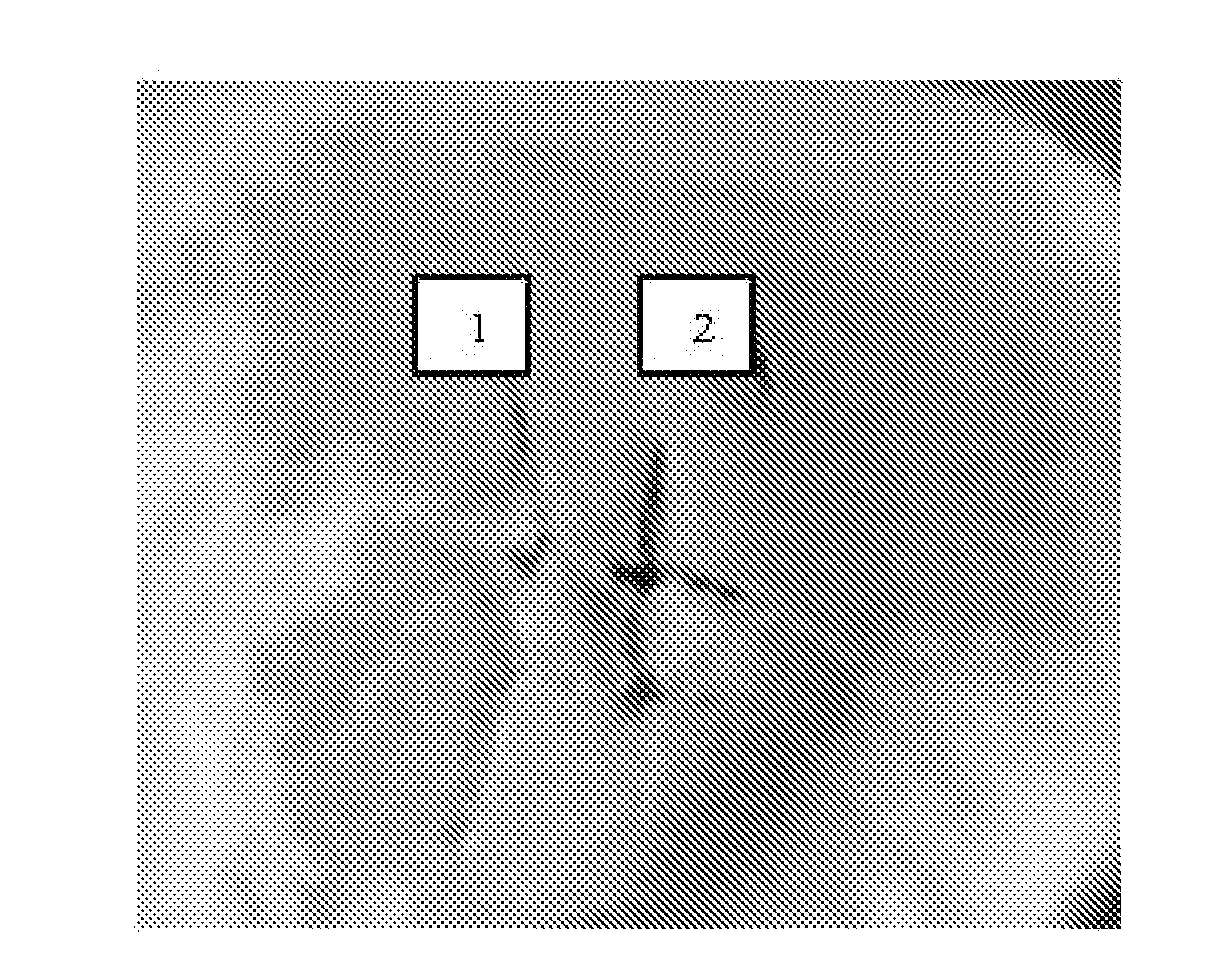Nanometer mesoporous silica-based xerogel styptic material and its preparing process and application
a technology of mesoporous silica and xerogel, which is applied in the field of biomedical materials, can solve the problems of less effective, hemostatic materials, and dangers to human li
- Summary
- Abstract
- Description
- Claims
- Application Information
AI Technical Summary
Benefits of technology
Problems solved by technology
Method used
Image
Examples
example 1
[0056]10 g of TEOS was dissolved in a mixture of 5.4 g of deioned water and 2 g of ethanol with vigorous stirring for 10 min. The pH of the solution was adjusted to pH 3 using a 1N HCl solution, and the obtained solution was stirred for another 2 h. Thereafter, the obtained sol was poured and sealed into a polyethylene mold, and aged therein for 2 d. The aged product was then dried at 180° C. for 4 h. Microscopic examination showed that the as-synthesized xerogels were in the form of a smooth and transparent bulk (FIG. 1). The N2 adsorption-desorption results showed that the obtained calcium-free silica-based xerogel had a pore size of 3 nm and a surface area of 670 m2 / g. The product was labeled as L-1.
example 2
[0057]10 g of TEOS, 3.36 g of TMP and 2.67 of CaCl2 were dissolved in a mixture of 8 g of deioned water and 8 g of ethanol with stirring for 10 min at the room temperature. The pH of the solution was adjusted to pH 3 by using a 1N HCl solution, and the solution was stirred for another 2 h. Then, the obtained sol was poured and sealed into a polyethylene mold, and was aged therein for 2 d. The molded gel was freeze-dried for 10 hrs. The dried product was calcinated in a corundum crucible at 700° C., and then cooled to the room temperature. The calcinated product was grinded and filtered through a 150 mesh filter. The obtained powder was a calcium-containing silica-based xerogel hemostat, and was stored before use. The crystallographic structure, the morphology, the pore size and the pore size distribution were measured by XRD, SEM and BET, respectively, and the results were shown in FIGS. 2, 3, 4 and 5. The results demonstrated that the obtained as-synthesized xerogel had the porous ...
example 3
[0058]15 g of TEOS, 2.16 g of TMP and 1.71 of CaCl2 were dissolved in a mixture of 8 g of deioned water and 8 g of ethanol with stirring for 10 min at the room temperature. The pH of the solution was adjusted to pH 6 by adding 1N HCl in drops, and the solution was stirred for another 2 h. Then the obtained sol was poured and sealed into a polyethylene mold, and was aged therein for 2 d. The molded gel was freeze-dried for 10 hrs. The dried product was calcinated in a corundum crucible at 700° C., and then cooled to the room temperature. The calcinated product was grinded and filtered through a 150 mesh filter. The obtained powder was a calcium-containing silica-based xerogel hemostat, and was stored before use. The N2 adsorption-desorption results showed that the obtained silica based xerogel had a pore size of 50 nm and a surface area of 650 m2 / g. This product was labeled as L-3.
PUM
 Login to View More
Login to View More Abstract
Description
Claims
Application Information
 Login to View More
Login to View More - R&D
- Intellectual Property
- Life Sciences
- Materials
- Tech Scout
- Unparalleled Data Quality
- Higher Quality Content
- 60% Fewer Hallucinations
Browse by: Latest US Patents, China's latest patents, Technical Efficacy Thesaurus, Application Domain, Technology Topic, Popular Technical Reports.
© 2025 PatSnap. All rights reserved.Legal|Privacy policy|Modern Slavery Act Transparency Statement|Sitemap|About US| Contact US: help@patsnap.com



